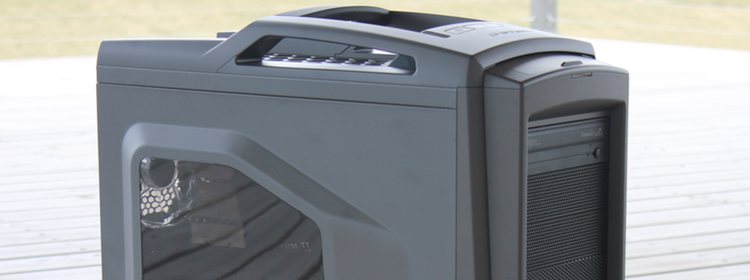Installation Impressions
We installed our standard hardware configuration for mid-sized cases, including an OCZ ZX PSU, an Asrock 890FX Deluxe4 motherboard, 8GB (2x4GB) of Kingston RAM, an AMD Phenom II X6 1100T CPU with the Prolimatech Megahalems and an Inno3D GeForce GTX 580 OC GPU. We also crammed in half a dozen Western Digital Scorpio Blue 500GB HDDs and a Hitachi Deskstar 7K1000 1TB.
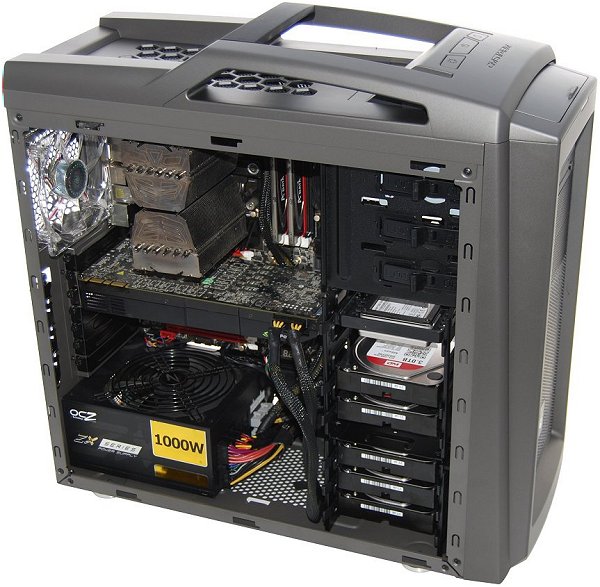
We began by installing the heatsink's CPU bracket to the back of the Asrock 890FX Deluxe4. Given the massive hole in the motherboard tray, forgetting this step wouldn't be a big deal. The motherboard slotted into place without any fuss and connecting everything else was as easy as can be.
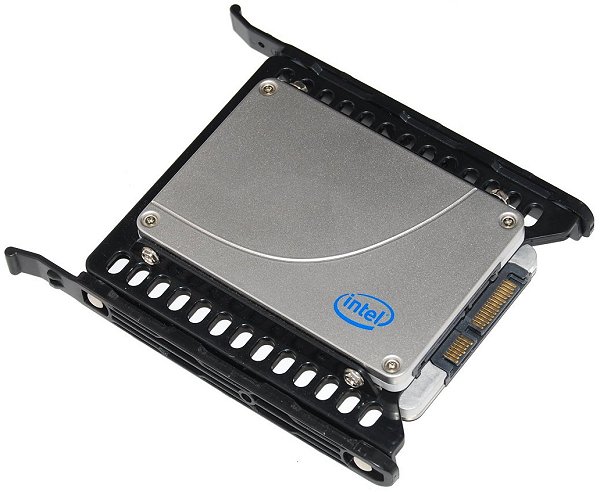
The DVD-RW slipped in effortlessly thanks to the Scout 2's tool-less design. Installing the 500GB hard drives was just as easy. There are no hot-swappable bays in the Scout 2, though this functionality isn't expected in a $90 case.
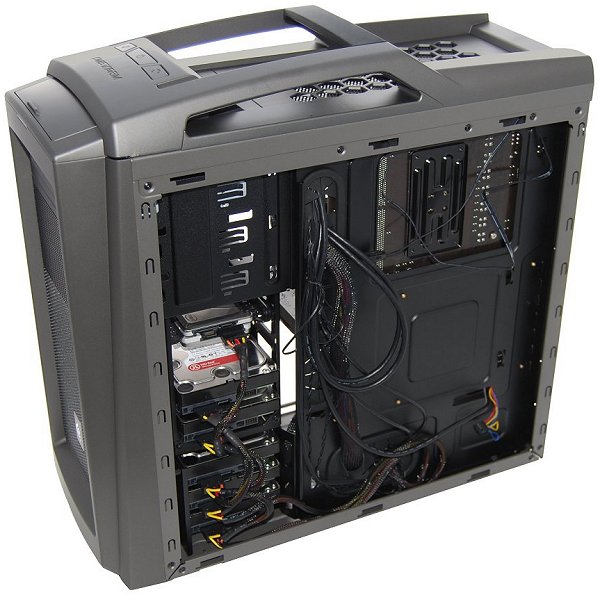

As usual, Cooler Master has done an excellent job with the cable management setup, which provides plenty of space behind the motherboard tray for excess wires. The large bulge in the right door also helps with this and we had no trouble getting the panel back on despite the mass of wires behind it.
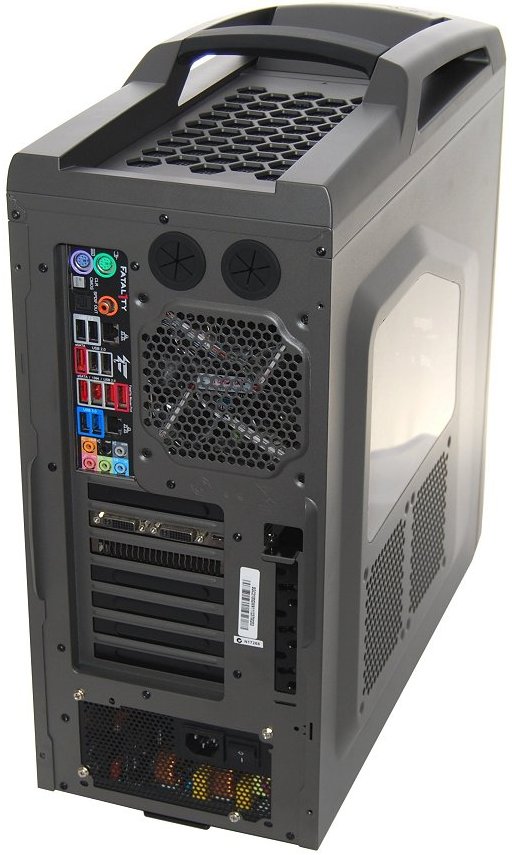

Securing the OCZ ZX 1000w PSU in its bottom mounted position was easy and there is a ton of extra space to accommodate a bigger power supply, such as the Thermaltake Toughpower 1500w. Extra-long graphics cards will fit with ease once the hard drive cage is removed. As shown in the photo, there is plenty of room behind the GTX 580 to work with power and data cables.
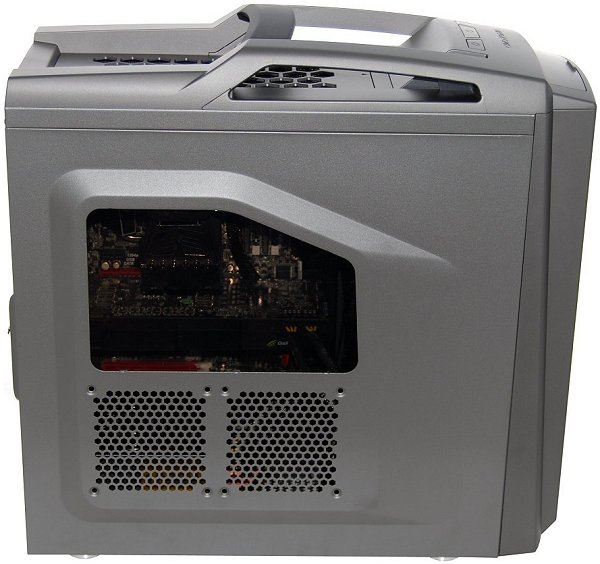
The Cooler Master CM Storm Scout 2 is a breeze to work with, offering the necessary features and space required to build the ultimate performance PC. Of course, those building a high-end system will want to purchase at least two 120mm fans to help circulate air through the Scout 2, as the lone pre-installed fan probably won't cut it.
